Growing your own fruit trees at home is one of the most rewarding gardening experiences — and you don’t need a big backyard to do it! In fact, with a little creativity and care, you can successfully grow a variety of fruit plants right on your balcony, terrace, or even in your front yard using containers. This detailed guide, inspired by the video “Fruit Tree Malayalam | How to Grow Fruit Plants in Pot | Miracle Fruit Tree | Container Gardening,” will walk you through the essential steps, from choosing the right containers to caring for your miracle fruit tree and other fruit-bearing plants.
Whether you’re an urban gardener in Kerala or anywhere else in the world, this Malayalam-based guide will help you transform your small space into a lush, fruit-filled paradise.
Why Grow Fruit Trees in Pots?
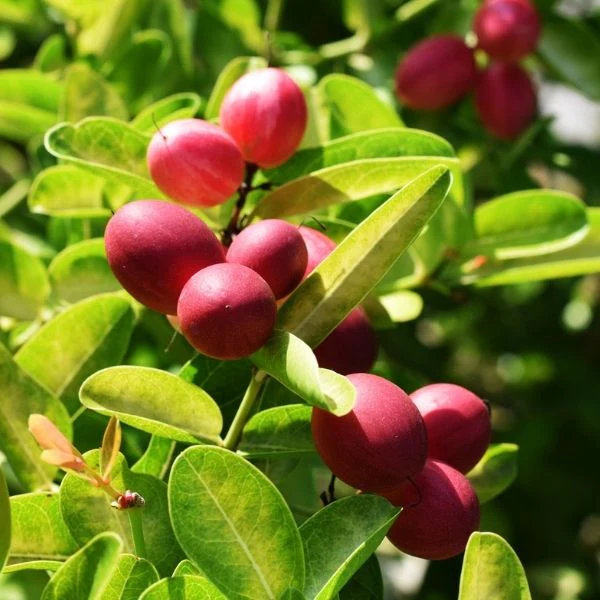
Container gardening has become increasingly popular for those who live in apartments or have limited space. But even for those with larger gardens, growing fruit trees in pots offers many benefits:
- Space-Saving: Perfect for balconies, rooftops, and patios.
- Easy Mobility: You can move plants to catch sunlight or protect them from heavy rain.
- Controlled Growth: Pots naturally restrict root expansion, helping manage tree size.
- Pest & Disease Management: Containers reduce soil-borne problems common in the ground.
- Decorative Appeal: Fruit plants in pots look stunning and can be part of your home décor.
Best Fruit Trees for Container Gardening
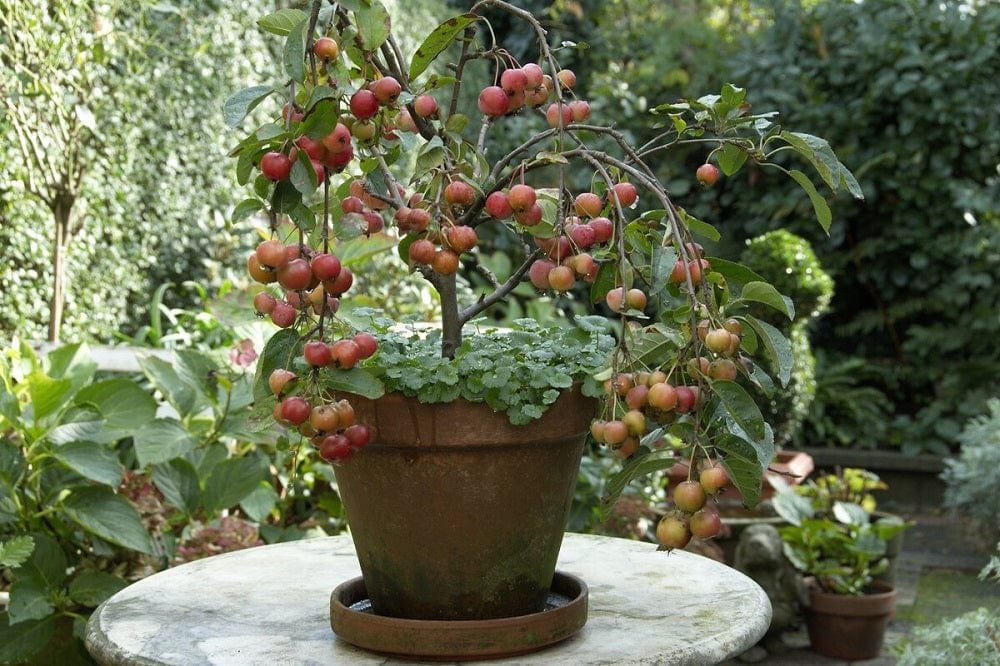
Not all fruit trees are ideal for pots, but several species thrive in containers with the right care. Here are some excellent choices suited for tropical climates like Kerala and southern India:
- Miracle Fruit (Synsepalum dulcificum) – The star of this guide! Known for its ability to make sour foods taste sweet.
- Lemon and Lime Trees – Compact and produce fruit year-round.
- Guava (Perakka) – Fast-growing and fragrant.
- Papaya (Omakka) – Dwarf varieties do well in large pots.
- Pomegranate (Mathalam) – Hardy and beautiful with bright red fruits.
- Mango (Mavu) – Dwarf hybrid varieties like ‘Amrapali’ are perfect for containers.
- Banana (Vaazha) – Dwarf species grow beautifully in tubs.
- Fig (Athipazham) – Thrives in containers and provides a steady yield.
These plants, including the Miracle Fruit, adapt well to pot life and can yield an abundant harvest when given the right growing conditions.
Understanding the Miracle Fruit Tree
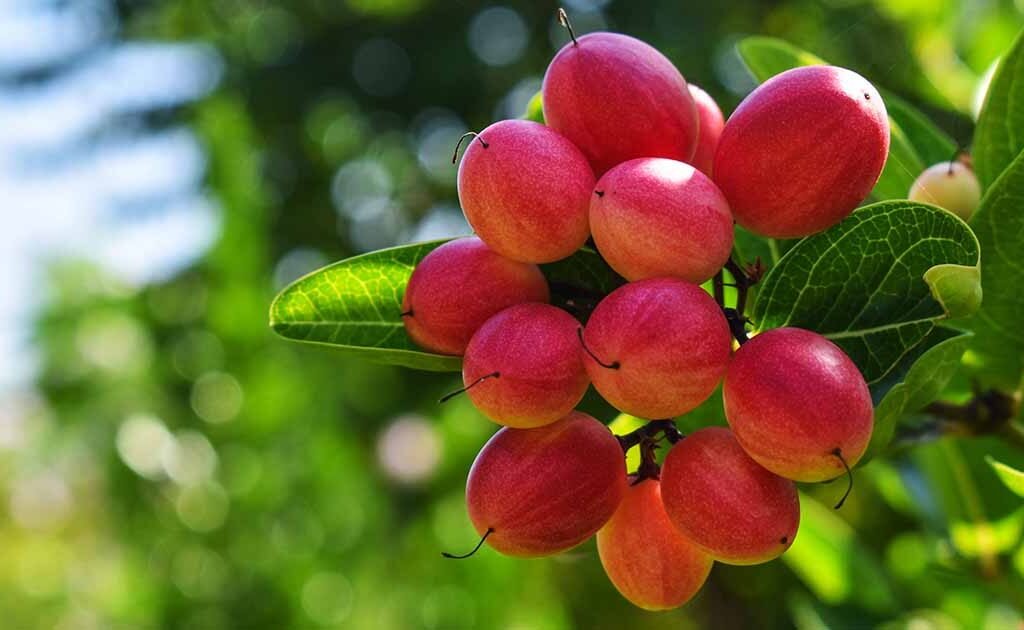
The Miracle Fruit Tree (also known as Synsepalum dulcificum) is native to West Africa and has gained popularity worldwide due to its unique property: after eating the fruit, anything sour tastes sweet! For example, lemons taste like sugary lemonade after consuming the berry. This natural sweetness enhancer is due to a glycoprotein called miraculin.
In addition to its fascinating taste-altering effects, it’s an attractive, slow-growing evergreen shrub that produces glossy green leaves and small red berries. It’s a wonderful addition to any home garden, especially if you’re interested in rare and exotic plants.
Choosing the Right Container
Selecting the right pot is the first and most crucial step in container fruit gardening. For the Miracle Fruit and other trees, consider the following:
- Size:
Start with a medium-sized pot (around 12–16 inches in diameter) and later move the plant to a larger pot (up to 20–24 inches) as it matures. - Material:
Clay pots, plastic containers, or grow bags all work well. Clay offers better air circulation, while plastic retains moisture. - Drainage:
Ensure your container has drainage holes at the bottom. Good drainage prevents root rot and fungal diseases. - Tray or Base Plate:
Use a tray to collect excess water and keep your balcony or terrace clean.
Soil Mix for Fruit Plants in Pots
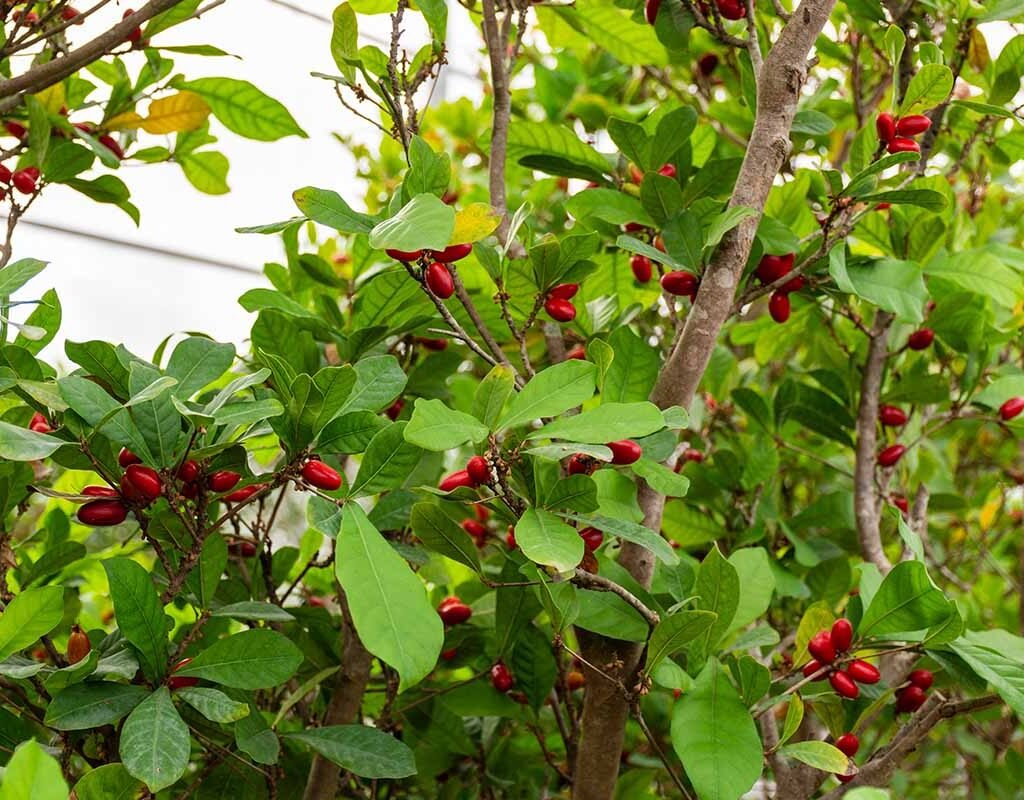
Fruit trees need a well-draining yet nutrient-rich soil mix. A recommended potting mix for Miracle Fruit and similar plants includes:
- 1 part garden soil
- 1 part compost or cow dung manure
- 1 part coco peat or sand for aeration
You can also add bone meal or neem cake powder to enhance nutrient content and protect against pests.
Miracle Fruit prefers slightly acidic soil (pH 4.5 to 5.8). If your soil is too alkaline, mix in a bit of peat moss or coffee grounds to maintain the right pH level.
Sunlight and Temperature Requirements
Most fruit plants, including the Miracle Fruit, love sunlight. Ensure your pots receive at least 4–6 hours of direct sunlight daily. If you live in an extremely hot area, provide partial shade during the harsh midday sun.
Ideal temperature for Miracle Fruit: 20°C to 30°C (68°F–86°F).
The plant is sensitive to frost and cold winds, so during winters, move your pots indoors or to a warmer corner of your garden.
Watering Tips
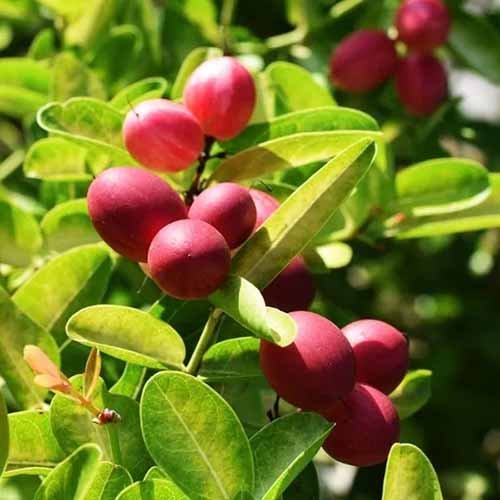
Watering is key to healthy fruit growth. Overwatering or underwatering can both harm the plant.
- Watering Frequency: Once or twice a week, depending on the weather.
- Check Moisture: Insert your finger an inch into the soil. If it feels dry, it’s time to water.
- Avoid Stagnant Water: Always empty the tray beneath your pot to prevent mosquito breeding and root rot.
- Mulching: Use coconut husk or dry leaves on top of the soil to retain moisture and reduce evaporation.
Fertilizing for Healthy Growth
For best results, feed your container fruit plants regularly. Use:
- Organic Compost: Apply every 30 days.
- Liquid Fertilizer: Mix vermicompost tea or fish emulsion in water once a month.
- Slow-Release Fertilizer: You can also use organic NPK pellets once every 45–60 days.
For the Miracle Fruit tree, avoid using chemical fertilizers — it prefers natural, organic feed that maintains acidic soil conditions.
Pruning and Maintenance
Pruning keeps your fruit trees healthy, encourages new growth, and improves fruit yield.
- Remove Dead or Yellow Leaves: This prevents pests and improves airflow.
- Trim Branches After Harvest: Encourage new shoots by pruning the top branches lightly.
- Support Stems: Use a stick or small pole for tall plants to prevent bending.
Regular pruning and shaping also make the tree more compact and suitable for container growth.
Pest and Disease Control
Container plants can still attract pests like aphids, mealybugs, and spider mites. Here’s how to keep them at bay:
- Neem Oil Spray: Mix 5ml neem oil in 1 liter of water and spray weekly.
- Soap Spray: Mix mild liquid soap with water to wash leaves if pests appear.
- Keep Clean Surroundings: Remove fallen leaves and debris to prevent fungal infections.
Harvesting and Enjoying Your Miracle Fruit
Miracle Fruit trees usually take about 2–3 years to produce berries when grown from seed. However, grafted or nursery plants can fruit within 1–1.5 years. The berries turn bright red when ripe — that’s the best time to harvest.
After eating the fruit, try a slice of lemon or tamarind — you’ll be amazed as the sourness disappears, replaced by a sweet flavor! The effect can last up to one hour.
Aside from being a fun garden experiment, these berries are rich in antioxidants and vitamins, making them both unique and nutritious.
Additional Tips for Success
- Rotate pots weekly for even sunlight exposure.
- Avoid overfertilizing; fruit trees prefer balanced feeding.
- Repot every 2–3 years to refresh the soil.
- Use rainwater or filtered water if your tap water is highly alkaline.
With these steps, you’ll soon enjoy a thriving, fruit-bearing garden even in a small space.
Final Thoughts
Container gardening is a blessing for modern households, and growing fruit trees like the Miracle Fruit in pots brings a sense of wonder and satisfaction. From the joy of nurturing a seedling to tasting your first homegrown fruit, every step is a reminder of nature’s magic.
In Malayalam households, where traditional gardening space may be limited, this method opens up a new world of sustainable, healthy living. Whether it’s a sunny balcony in Kochi or a shaded terrace in Thiruvananthapuram, you can cultivate your own tiny orchard — one pot at a time.
So, get your hands dirty, prepare your containers, and experience the miracle of fruit gardening at home!
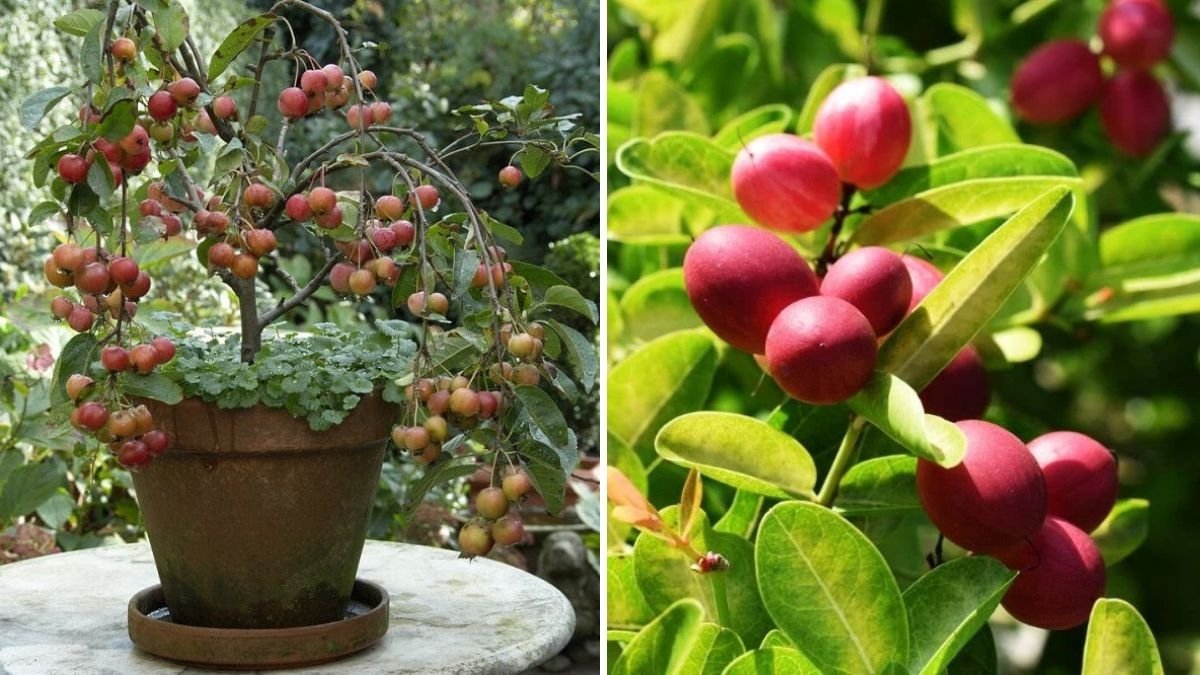

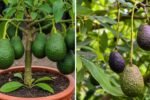

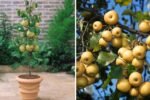
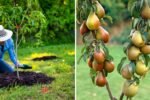
Leave A Comment